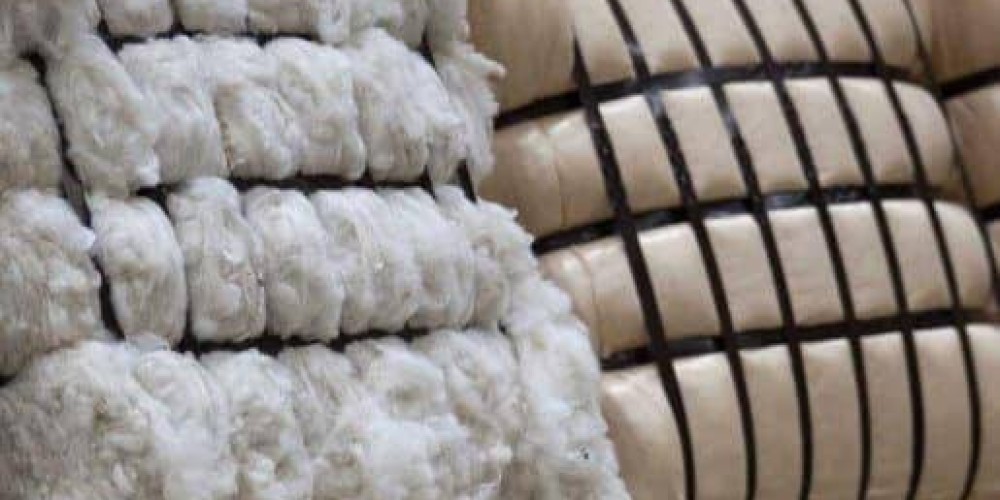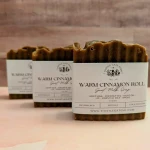Future-proofing the New Zealand wool industry
Added 4 months ago
By Bonnie Flaws

The fortunes of the New Zealand wool industry have not been bright in recent years, but that may be about to change if Nigel Hales, chief executive of WoolWorks has anything to do with it.
He likes to point out this statistic: In the Muldoon era, 1970s, we had 70 million sheep and less than 2 million people, yet we used 24% of wool clip locally. Today, we have 2.3 million sheep, 5 million people and we use less than 5% of the wool clip locally.
“We’ve been nailed by man made fibre”.
And while there are many efforts afoot to find new markets for New Zealand strong wool, including the Campaign for Wool, even a recent government policy to ensure government agencies were fitting out their offices using locally made wool carpet has been defied by Kainga Ora in favour of cheaper synthetic carpets.
One hates to think what all the micro plastics are doing to our oceans and aquifers, but cost trumps all, apparently. This is part of the motivation to start future-proofing the industry, Nigel says.
“The wool scouring industry set about restructuring itself many years ago because we could see a tsunami of problems coming for the industry. One of the things we did a couple of years ago is invest in Wool Impact, an industry project. We’ve been able to work in overseas markets and bring to the table some exciting developments for the future of the wool industry.”
In the same vein as sheep and beef farmers have done, the wool sector is now seeking pathways to be recognised for its carbon profile. The wool scouring operation itself has been decarbonised through replacing boilers, but a new accreditation system is being set up for farmers who supply wool so they can be recognised for farming practices that reduce carbon.
Farming sustainability
“We have set up a new division called WoolWorks Grower Direct. We are trying to coral farmers who are regenerative, NZFAP+, low carbon, carbon zero or carbon positive because there’s no specific programmes for their wool at the moment. It’s the same as Atkins Ranch or Silverfern Farms do with their suppliers. This affords them a premium in the market place.”
The idea is to use the NZFAP+ accreditation system already in place for meat producers, to broaden out and cover their wool as well. “So, it’s not too much work for farmers. But you have to have markets for these products that are prepared to pay premium. And this is where Wool Impacts comes in.”
WoolWorks is in discussion with a global architectural firm called Gensler, who recently came to New Zealand to see the wool supply chain in action, as it seeks to work with suppliers of sustainable natural fibres. This is on the basis that Gensler has pledged to reduce its carbon footprint by around 40% to the Science Based Targets Initiative (SBTi).
SBTi is a corporate climate action organisation that companies worldwide sign up to, pledging to adhere to standards, tools and guidance it has developed, with the aim of achieving net-zero by 2050.
“Gensler will drag suppliers along. And so there is a grand opportunity to get in there, because they don’t have a wool supplier at the moment and they want to convert some of their offering to natural and sustainable fibres like wool.”
If things go to plan, New Zealand Wool could be used for insulation and interior textiles in Gensler’s buildings, Nigel says. This would be no small feat, as Gentler is giant in this space, with extensive projects all over the world.
“Obviously someone is going to have to help the farmers to bring that all together and that’s why we set up a business to do that. We are the only wool scourer in New Zealand and probably the only low carbon wool scourer.
“It’s already there for those farmers who have full accreditation. We are going to help them do it with their wool. Gensler has five different product categories and suppliers who would be linked into this production. They would be recommending that this product came through our supply chain.”
Helping to underwrite all this, is research that is not yet here but on the horizon, Nigel says.
Soil carbon sequestration from farming practices has not yet been fully counted, so WoolWorks has co-funded some work being done by the International Wool Textile Organisation (IWTO) to fast track data on the lifecycle of wool, which they hope will make a strong case for farmers to sign up to the new accreditation system.
Changing fortunes
Nigel says by early next year there will be some solid science, and hopefully a business deal to work with. This would be the establishment of an entirely new supply chain, resulting in high value products going into buildings all around the world.
“It’s looking much better than it was for the wool sector. It has been a slow and frustrating process. We don’t want to promote anything we can’t deliver either. If you just look at supply and demand we know that the top four users of New Zealand wool all want to increase that use by about 20% in the coming year.
“There is very very good demand for natural and sustainable products now, particularly into specialist markets. There is no doubt there is less sheep and less wool about, but just simply the supply and demand curve and the addition of some more manufacturing equipment in New Zealand, which is happening now with this government, is changing the whole dynamic.”
Join the conversation
Be the first to leave a comment.
Leave a comment
All comments are reviewed before they are published on the website. Your email address will not be published.




Family-Owned Farm Embraces Regenerative Agriculture to Grow and Educate


